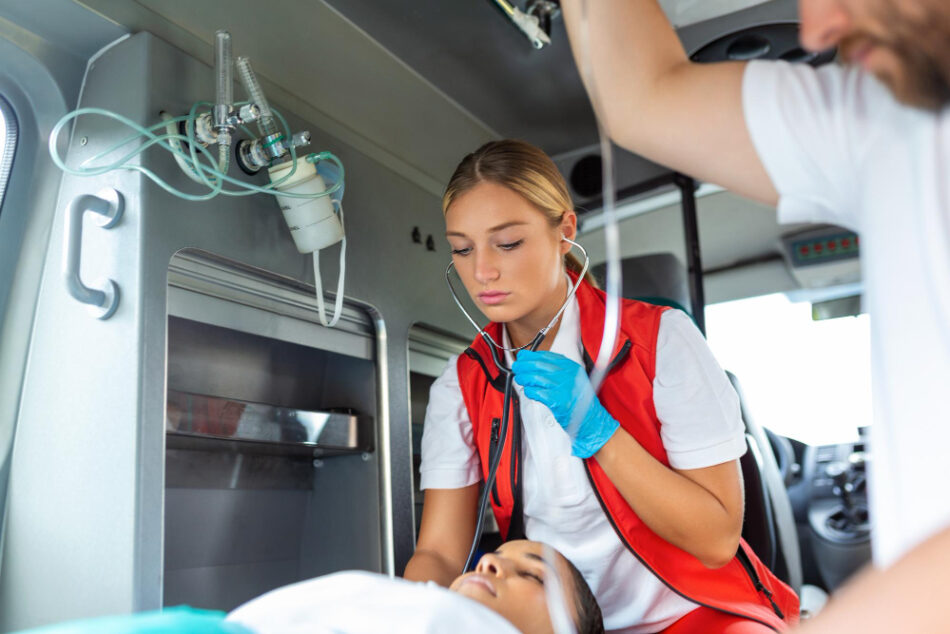When a medical emergency strikes, time is often the most valuable resource. Every minute can make the difference between life and death, particularly when patients need urgent care and the nearest medical facility is far away. In such situations, ground transportation may simply not be fast or feasible. That’s where an air ambulance charter becomes not just a convenience—but a necessity.
In the evolving world of emergency medical services, air ambulances have transformed how critical care is delivered across cities, states, and even international borders. By enabling the immediate transfer of patients to specialized healthcare centers, these charters ensure that distance does not become a barrier to survival.
The Life-Saving Role of Air Ambulance Charters
An air ambulance charter refers to a medically equipped aircraft—typically a jet or helicopter—designed to transport critically ill or injured individuals who require rapid and specialized medical attention. These charters are staffed by trained medical personnel and equipped with ICU-grade technology to monitor and treat patients en route.
Unlike conventional modes of transportation, air ambulances are built to handle both medical and logistical challenges. They are ideal for scenarios where the patient is in a remote or inaccessible location, when long-distance transfers are necessary, or when time-sensitive interventions—such as surgery, organ transplants, or trauma care—are needed urgently.
For example, consider a patient who has suffered a severe cardiac episode while traveling abroad. Ground transport would take hours, if not days, to reach an advanced cardiac center. With an air ambulance charter, the patient can be stabilized and transferred in a matter of hours, with continuous care provided onboard throughout the journey.
When Ground Transport Isn’t Enough
Ambulances on roads are excellent for short distances and initial stabilization, but they’re limited by geography, traffic, and road conditions. Rural areas, mountainous terrain, and islands pose particular challenges. Similarly, weather-related delays or infrastructure limitations can hinder rapid ground transport.
In contrast, air ambulance charters can operate from regional airports, private airstrips, or even temporary landing zones in emergency zones. They fly directly from one medical facility to another, bypassing congestion, roadblocks, or ferry systems. This streamlined process eliminates unnecessary delays and ensures that patients get to the right place, at the right time, with the right care.
Medical Capabilities in the Sky
The technological sophistication onboard an air ambulance is one of its greatest strengths. Modern aircraft used for medical charters are often fitted with equipment similar to what you’d find in an intensive care unit (ICU). These may include ventilators, defibrillators, infusion pumps, cardiac monitors, and portable diagnostic tools. Some flights can even accommodate neonatal incubators or specialized isolation pods.
What truly enhances the value of these flights is the medical team. Composed of flight nurses, paramedics, and often physicians with specific emergency care training, this crew ensures the patient receives continuous monitoring and intervention throughout the flight. They can respond to changes in vital signs, manage pain, adjust medication, and even perform emergency procedures midair if required.
How to Access Air Ambulance Charter Services
During a crisis, navigating logistics can be overwhelming. That’s why many families or institutions now prefer to book a private jet pre-configured for medical use through trusted charter services. Booking can often be initiated with just a phone call or online request. Once the patient’s condition is evaluated, the right aircraft is deployed—complete with all necessary medical arrangements and clearances.
The booking process typically includes patient assessment, coordination with sending and receiving hospitals, provision of medical escort teams, and arrangement of ground transportation on either side. These services are coordinated seamlessly, ensuring that the family or referring institution doesn’t have to manage these details in a time of distress.
Furthermore, many charter operators can handle cross-border medical transfers, working closely with consulates, immigration authorities, and insurance providers to smoothen documentation and clearances. This can be particularly important when patients fall ill or are injured during international travel.
Beyond Emergencies: Other Use Cases
While emergencies remain the primary use case, air ambulance charters also serve non-emergency scenarios where specialized transport is required. This includes transfers for post-surgical patients who cannot travel commercially, repatriation of patients after travel accidents, or moving individuals needing ongoing palliative care closer to family.
In many of these cases, clients might choose to book a private jet outfitted for both medical support and passenger comfort. This hybrid model offers a smoother experience for patients who need attention but not necessarily full emergency intervention.
Conclusion: Why Air Ambulance Charters Matter More Than Ever
In an era where global movement is common, and access to specialized care is increasingly necessary, the need for rapid medical transport is undeniable. Air ambulance charters fill a vital gap that traditional emergency services cannot always cover. They bring together aviation, medicine, and logistics in a powerful combination that saves lives.
Whether it’s responding to sudden trauma, enabling access to cutting-edge treatment, or supporting international patient movement, these services exemplify what modern medical transport should be—fast, focused, and fully equipped.
So when the stakes are high and time is short, booking a private jet configured for medical emergencies is not just a luxury—it’s often the most direct path to survival and recovery.








